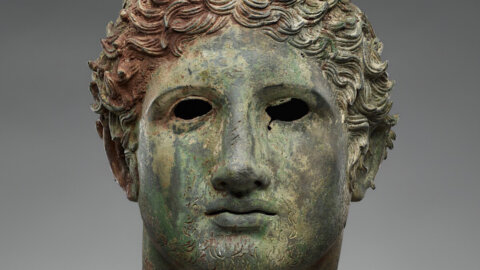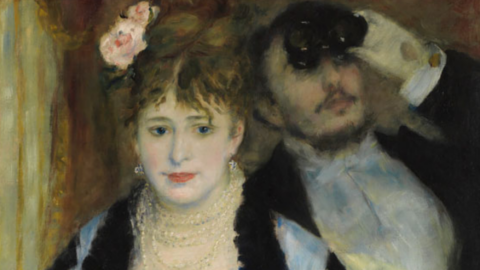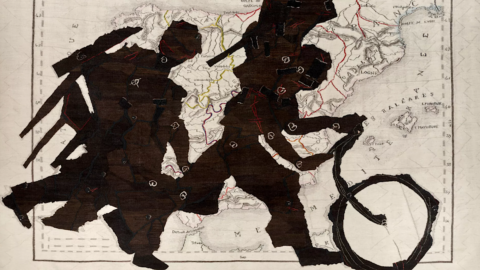The exhibition 1912-1930 Murano glass and the Venice Biennale, organized at LE STANZE DEL VETRO on the island of San Giorgio Maggiore and curated by Marino Barovier, opened today and will remain open to visitors until 24 November 2024. The exhibition is dedicated to the presence of Murano glass at the prestigious Venetian event, examining the chronological period between 1912 and 1930 (i.e. from the ), through a careful selection of 135 works, many of which are very rare from important museum institutions and private collections.
Venetian glass in the history of the Biennale
This is a period in which Murano glass progressively found space within the exhibition, first through the artists who chose to use this extraordinary material for their works, then thanks to the opening of the Biennale to decorative arts, which until to 1930 they were welcomed into the various rooms of the Palazzo dell'Esposizione together with the so-called major arts. Only from 1932, with the construction of a new pavilion, did glass find a dedicated home within the Gardens.
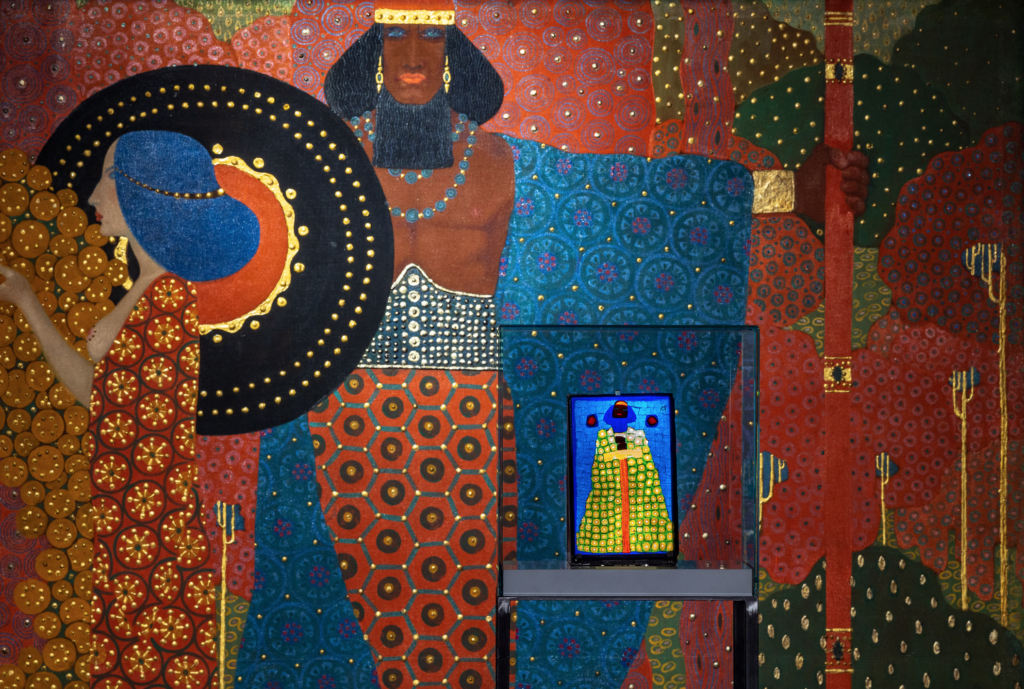
In the 1912s, the Biennale mainly presented glass created by artists, such as Hans Stoltenberg Lerche, a Norwegian sculptor and ceramist, who introduced innovative glass from 1920 to 1912 with the hot application of filaments and polychrome powders; the Murano decorator Vittorio Toso Borella (1914-1914) with his enamels; the painters Vittorio Zecchin and Teodoro Wolf Ferrari who presented murrine works in 1914; and the wrought iron artist Umberto Bellotto (1924-XNUMX) with his interesting combinations of iron and glass, often enriched with murrine inserts. To create their works, these artists also collaborated with glass factories such as Fratelli Toso or Artisti Barovier. The glass presented at the Biennale in this period, therefore, represented an extraordinary attempt to propose a new language, with an eye towards research beyond the Alps.
Glass between the two wars
After the pause imposed by the Great War, starting from the 1920s, glass factories began to appear at the Biennale with their production, carried out independently or with the collaboration of external designers. Among these, in particular, the furnace of Giacomo Cappellin and Paolo Venini, the VSM Cappellin Venini and C which, thanks to the artistic collaboration of Vittorio Zecchin, created monochrome blown pieces of elegant modernity inspired by Renaissance models. Exhibited between 1922 and 1924, these glasses marked a new path for the renewal of Murano glassmaking which, for a good part of the second twenty years of the century, mainly used transparent monochrome glass. This type of glass was also adopted by the painter and engraver Guido Balsamo Stella who participated in the Venetian event from 1924 to 1930, standing out for his engraved glass which did not lack originality.
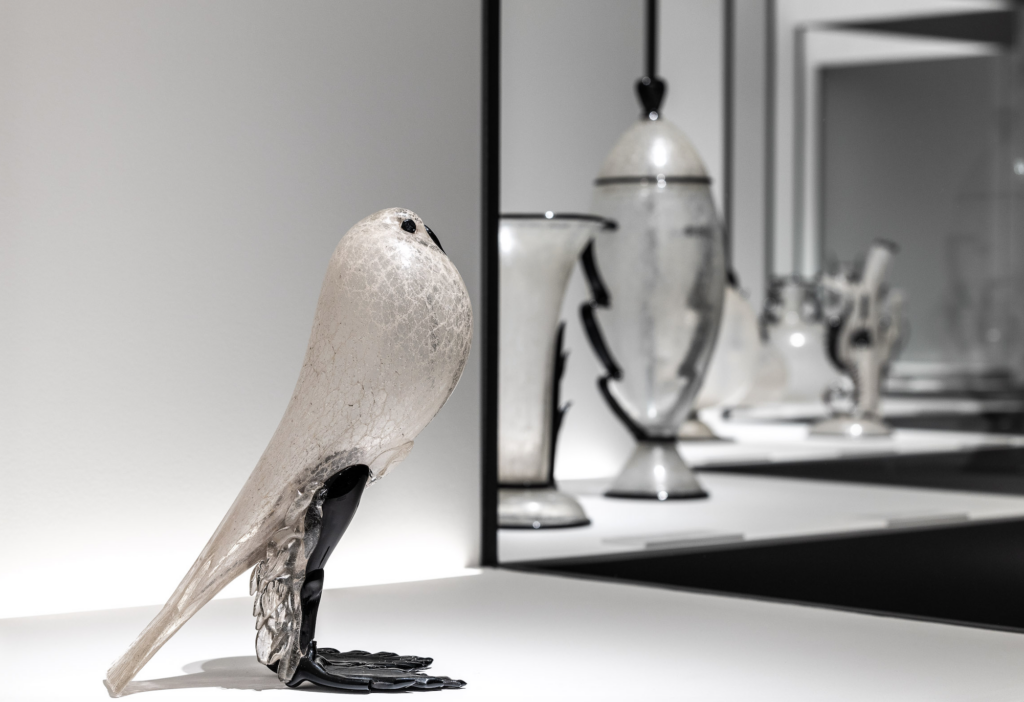
Zecchin and Martinuzzi
New transparent glasses were then presented in 1926 by the glassworks born from the division of Cappellin and Venini, MVM Cappellin e C., with works designed by Vittorio Zecchin, and VSM Venini e C. with works designed by the sculptor Napoleone Martinuzzi. Precisely to the latter we owe the pulegoso glass with its characteristic semi-opaque appearance with dense bubbles, with which a series of artefacts with a sculptural appearance were created which hadI was very prominent on the occasion of the 1928 Biennial. The Vetreria Artistica Barovier also participated in this same edition with a small series of animals and plants in transparent polychrome glass, an example of a new production such as that of the bibelots, in which the furnace also stood out in the following years both for the quality and techniques adopted and for the playful way in which the topic was addressed. Other animals made of translucent glass were presented by Guido Balsamo Stella with SAIAR Ferro Toso at the 1930th edition in XNUMX, where it was also possible to appreciate the great experimental work carried out by the most important Murano furnaces, such as Vetreria Artistica Barovier and VSM Venini e C.
The exhibition 1912-1930 Murano glass and the Venice Biennale is accompanied by a catalogue, edited by Marino Barovier and Carla Sonego, the result of careful bibliographic research and an in-depth documentary investigation in the Historical Archive of Contemporary Arts ( ASAC) of the Biennale, which illustrates with period photos, drawings and documentary material what was exhibited at the Biennale in a period that marks the entry of a so-called minor art into the world of major arts, officially consecrating the artistic value of Murano production avant-garde.
April 14 - November 24, 2024
10am-19pm, closed on Wednesdays
THE ROOMS OF GLASS, Giorgio Cini Foundation, Island of San Giorgio Maggiore, Venice
free admission


